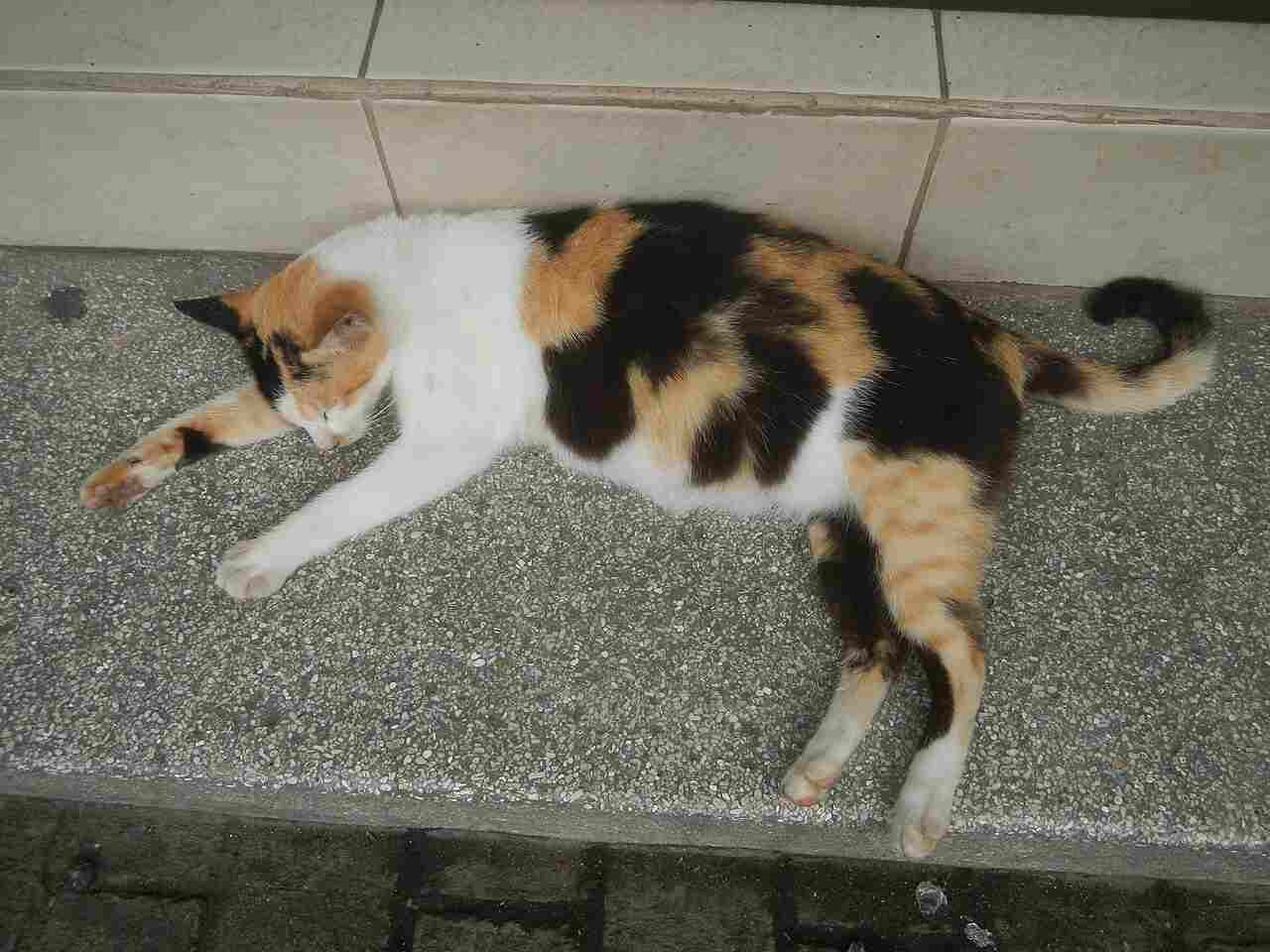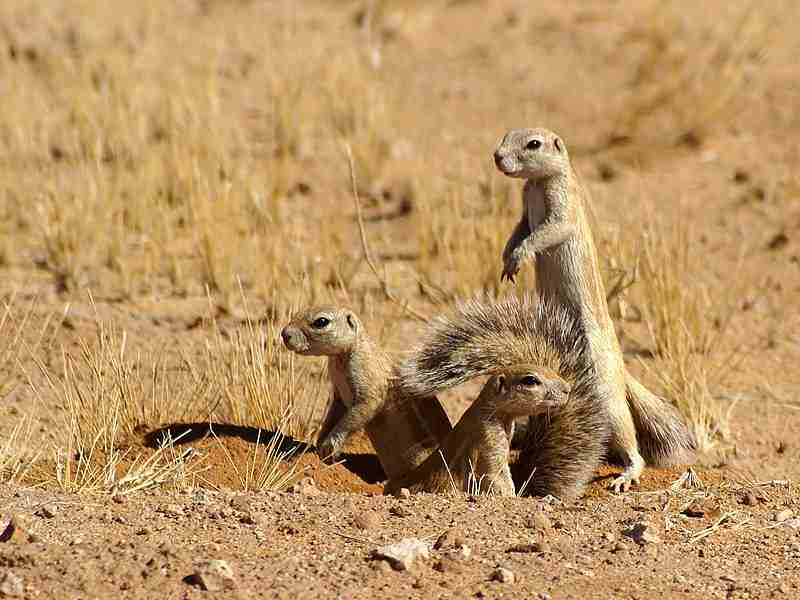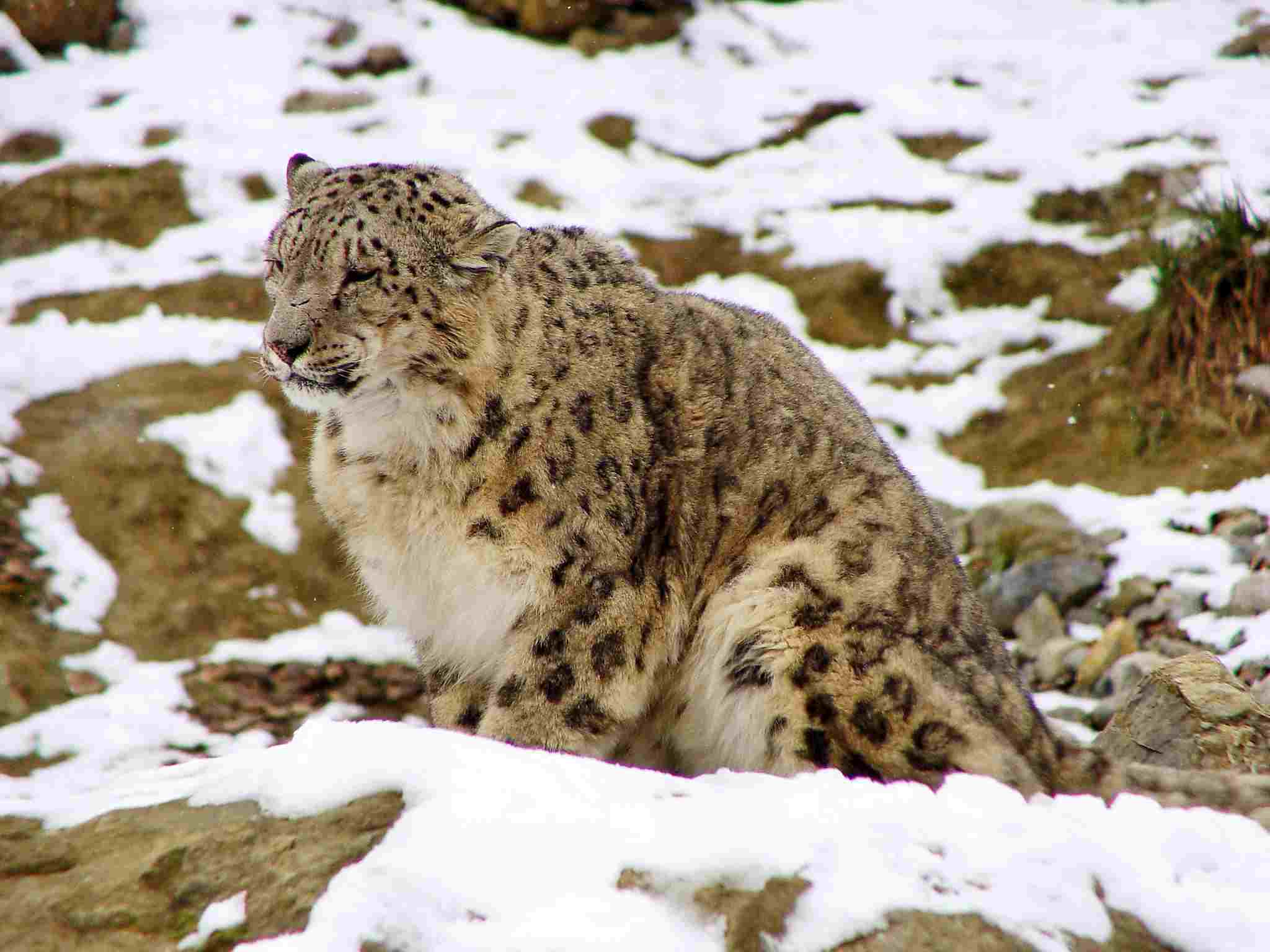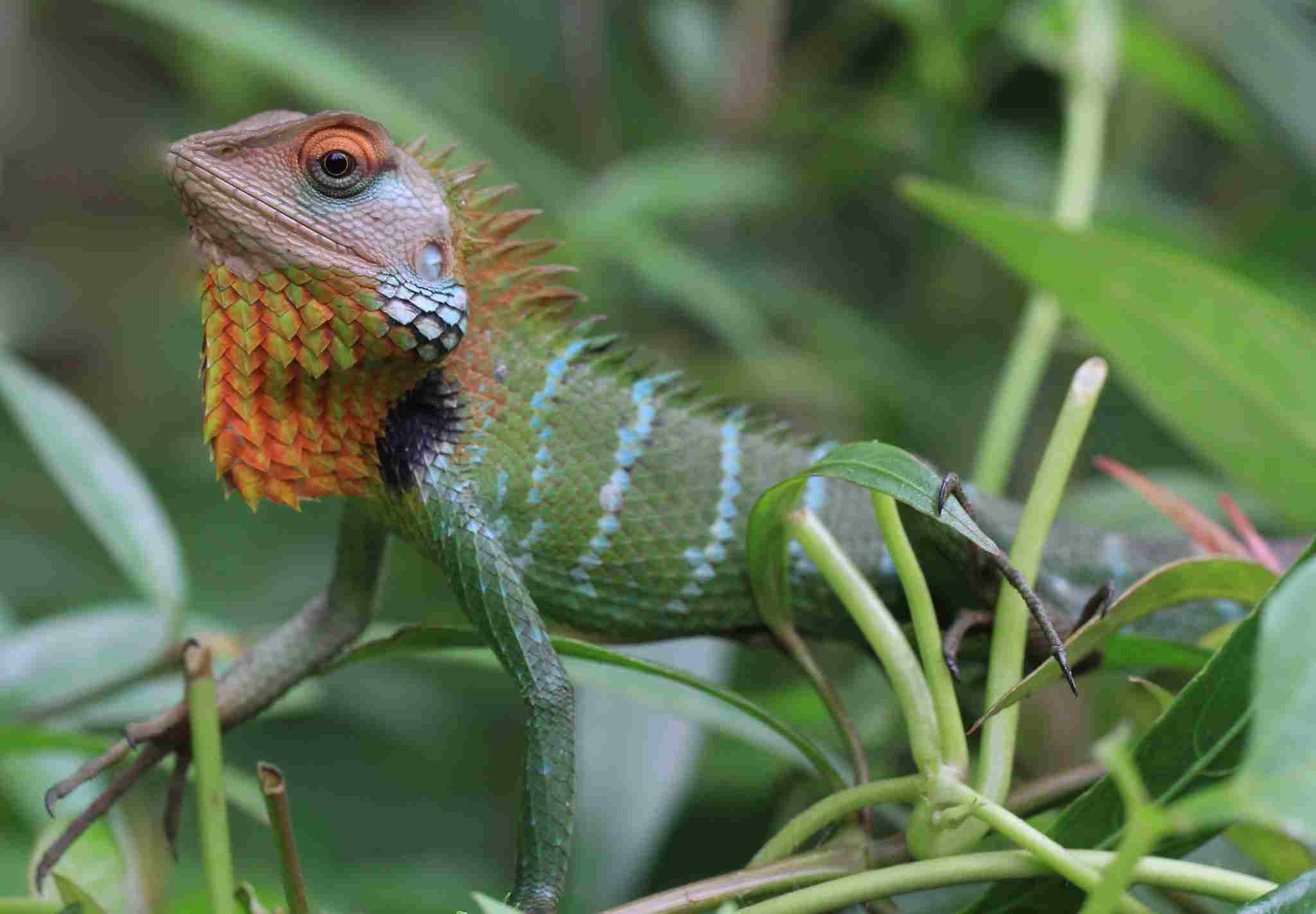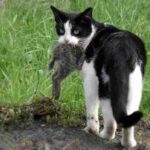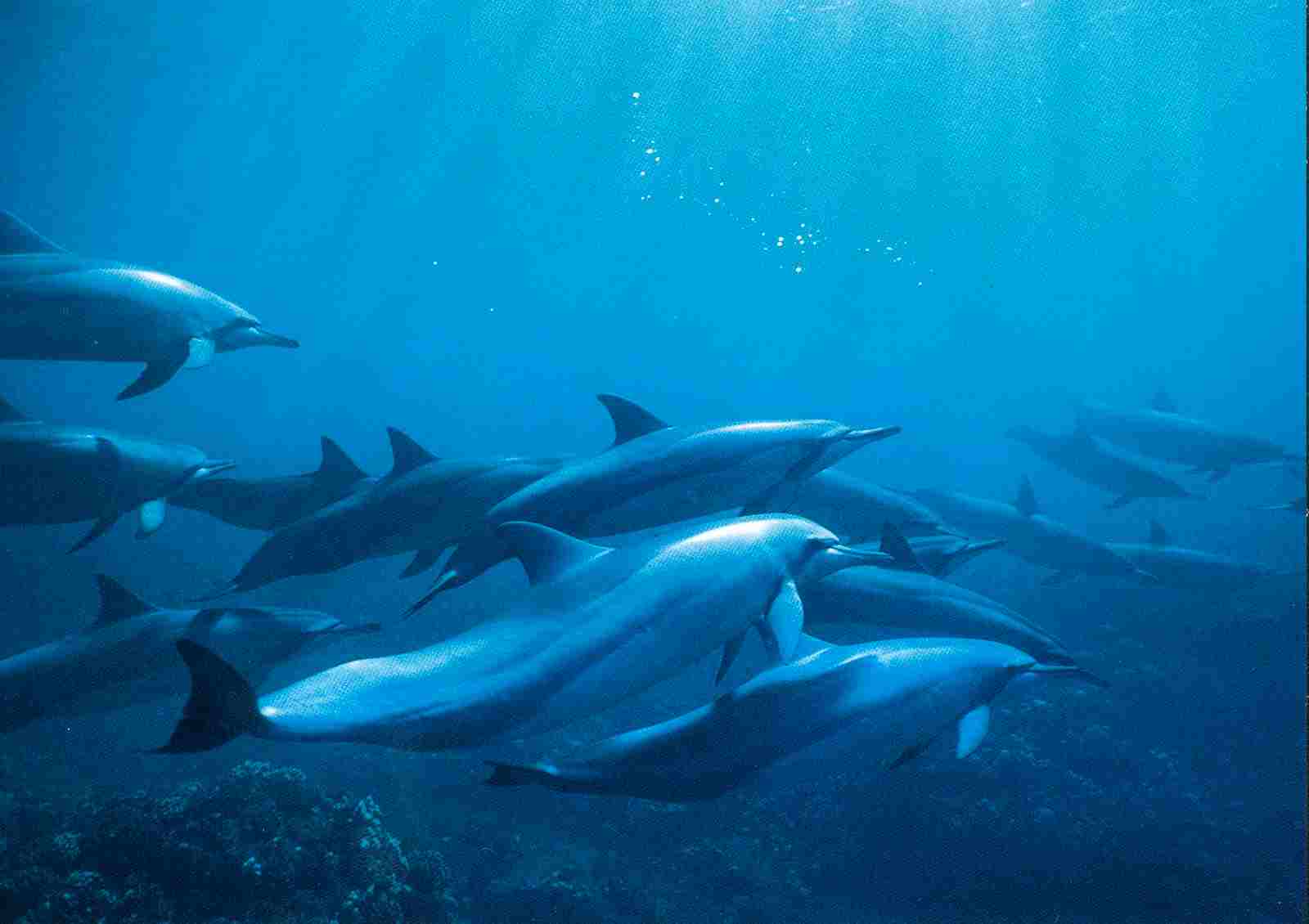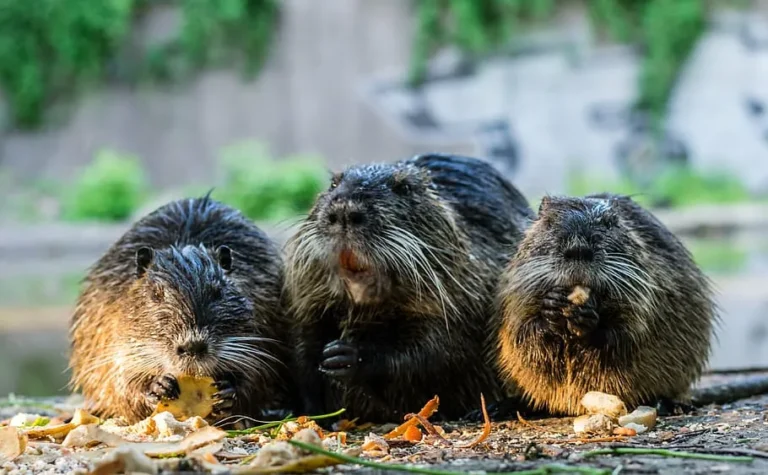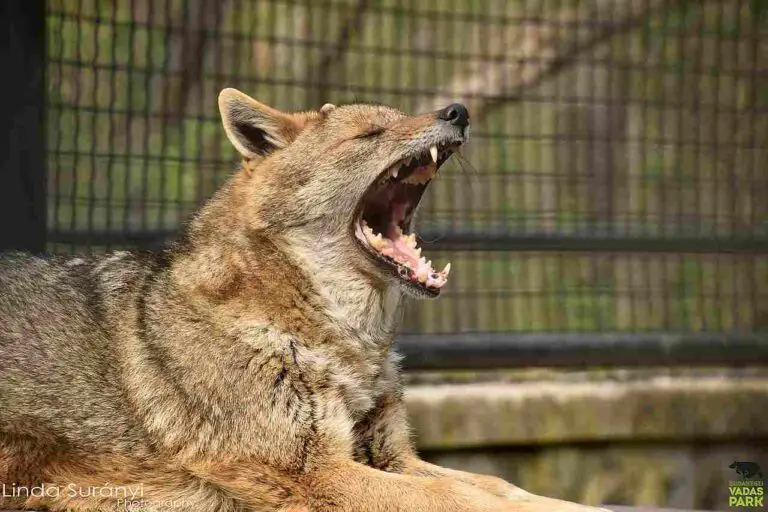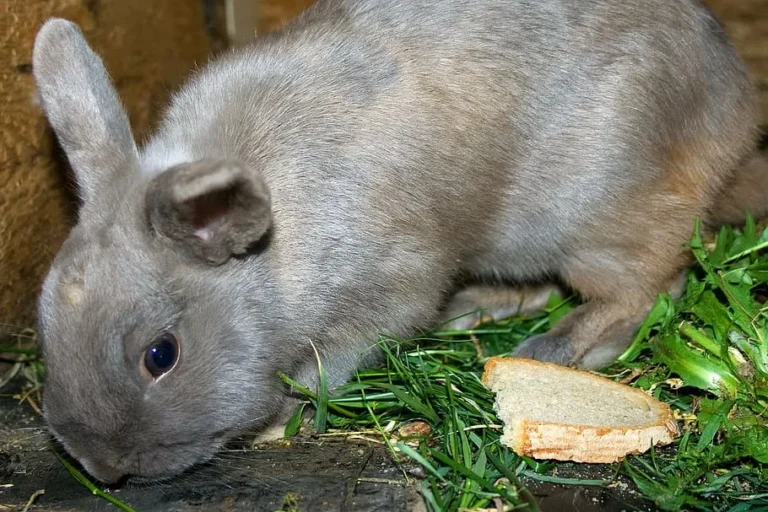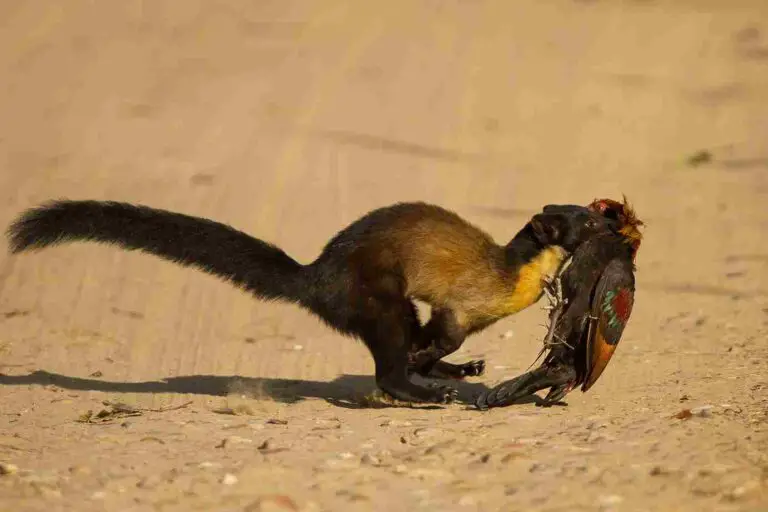7 Adaptations of Animals in the Tundra Discussed
Adaptations of animals in the tundra are; seasonally-variable camouflage, dense fur, hibernation, compact body morphology, communal hunting and grazing, communicative vocalization, and fat layer for insulation.
This article discusses the adaptations of animals in the tundra, as follows;
1). Seasonally-Variable Camouflage (as one of the Adaptations of Animals in the Tundra)
One of the remarkable adaptive characteristics of tundra animals is seasonally-variable camouflage.
Many animals in the tundra have this adaptation, which enables them to blend in with the surrounding; thereby increasing their chances of survival as predators or/and prey.
The main reason for seasonal variability in the camouflage of these animals, is the fact that tundra climate is seasonally-variable, with significant changes in the conditions and appearance of the landscape in summer and winter [1].
With camouflage, predatory animals can effectively stalk and ambush prey, while prey can hide from predators by blending into the background.
Some examples of tundra animals with seasonally-variable camouflage are; snowshoe hare (Lepus americanus), ptarmigan (Lagopus spp.), and Arctic fox (Vulpes lagopus).
*Camouflage in Snowshoe Hare
Snowshoe hare is a well-known example of a tundra animal whose adaptations include a seasonally-variable camouflage.
The fur of snowshoe hares changes from white in winter to gray-brown or brown in summer [2].
As a result, the animal is able to remain undetected as it traverses the tundra landscape all year round.
Through its camouflage, snowshoe hare eludes its predators like snowy owl, Arctic fox and lynx, and thereby has a higher chance of survival.
Change in the color of fur in snowshoe hares is usually driven by changes in solar duration and intensity; which are indicative of the transition from one season to another.
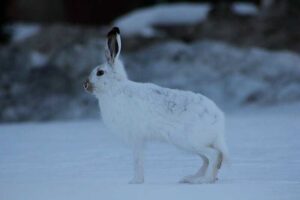
*Camouflage in Ptarmigan
Ptarmigan refers to any of multiple species of birds in the tundra ecoregion, known for distinctive change in feather colors in winter and summer seasons.
For many ptarmigans, the color of their plumage in winter is white [7]; which enables them blend into the snowy landscape.
Their feathers also molt as winter gives way to spring and summer; thereby assuming a mottled-brown coloration which again blends with the brown, mottled summer landscape of vegetation, soil and rocks.
Some species of ptarmigan that occur in the tundra and have variable camouflage are; willow ptarmigan (Lagopus lagopus), and rock ptarmigan (Lagopus muta).
*Camouflage in Arctic Fox
Arctic fox is another animal in the tundra that is capable of changing its fur color with the seasons, to match the landscape.
In winter, Arctic foxes' fur turns white, which conceals them in snowy terrain.
In summer, their white fur moults and transitions to gray-brown color; which again conceals them in the now grayish brown environment.
2). Dense Fur
Dense fur is an adaptation of most tundra animals, especially mammals.
It plays a crucial role in their survival within their environment, under the harsh conditions typical of the tundra.
*Insulation as a Core Function of Fur in Tundra Animals
Tundra animals require effective thermal insulation to operate under consistent and intense cold.
This insulation is provided by their fur, which allows them retain significant amounts of body heat in spite of extreme cold conditions in their environment.
Cold is usually harsh in tundras, and is characterized by prolonged subzero temperatures and high-speed winds.
To prevent heat loss and hypothermia, dense fur serves as a barrier between the animals' internal organs and the freezing surroundings, thereby keeping them warm.

*Air-Trapping by Tundra Animal Fur
Animal fur has the unique ability to trap air in small pockets in between wisps of fiber.
The function of air trapped in the fur of tundra animals is enhancement of insulation.
Because air is not an excellent heat conductor, the air pockets formed between fibers in fur serve as thermal barriers that minimize loss of heat from the body of an animal, to its surroundings.
It may therefore be said that the trapped air creates a micro-climate of warmth around the animal, which maintains its body temperature.
*Water Repellence by Tundra Animal Fur
The fur of several tundra animals is capable of water-repellence.
Such fur comprises of hydrophobic fibers that restrict access of water and atmospheric moisture to the skim of the animal. This in turn prevents cold moisture from altering the animals' body temperature, to cause hypothermia.
Asides thermal insulation, functions of tundra animal fur include camouflage for concealment from predators or/and prey.
The fur of tundra animals is an interesting and unique physiological feature because of its multiple functions, its interaction with external factors like air; and its role in enhancing the survival of these animals.
3). Hibernation (as one of the Adaptations of Animals in the Tundra)
Hibernation is a very fascinating adaptation of animals in the tundra; especially because it is a combination of physiological and behavioral factors.
The purpose of hibernation is to enable organisms conserve energy under unfavorable circumstances like winter and drought. Through hibernation animals in polar regions are able to survive the harsh and food-deficient winter.
*Process of Hibernation in the Tundra
The process of hibernation in tundra animals involves (and is preceded by) some physiological processes; such as the accumulation of body fat in summer, which is an energy storage medium that reserves bioenergy for the animals' use during winter [4].
Behavioral aspects of hibernation include burrowing, and the search for suitable precinct shelters.
During hibernation, the metabolic rate of tundra animals reduces significantly; as a result of lower body temperature, slower breathing and heart rate, and less physical activity.
Lower rates of metabolism are ideal to allow these animals conserve their energy in winter; when environmental conditions have reduced the ability to navigate the area in search of food, as well as the availability of food sources themselves.
*Strategies of Hibernation in Tundra Animals
Tundra animals implement diverse approaches or strategies to hibernate, depending on the details of their evolutionary history.
Two main strategies of hibernation for animals in the tundra are;
1. Torpor Hibernation
2. True Hibernation
*Torpor Hibernation in Tundra Animals
Torpor is a form of hibernation that is relatively mild; and involves a slight decrease in the organism's metabolic rate, as well as temperature.
It is common in large mammals like bears; and has the advantage of enabling the animal conserve its energy while remaining alert and capable of reacting to environmental change/stimulus.
*True Hibernation in Tundra Animals
For smaller mammals like voles and ground squirrels, true hibernation is more common.
True hibernation is a more intensive form than torpor; and involves drastic drops in the organism's body temperature, heart rate, and breathing, among other metabolic indicators.
For small mammals, true hibernation is important because the fat reserves of these animals are much smaller than those of larger mammals. Such relatively-small reserves may be insufficient for torpor hibernation.
*Benefits of Hibernation in Tundra Animals
For tundra animals, the benefits of hibernation include;
1. Shelter from harsh environmental conditions
2. Conservation of energy
3. Isolation from potential predators
4). Compact Body Morphology
Many tundra animals have a compact body morphology or form, which is the result of adaptive physiological evolution.
Compact morphology is beneficial to the animals' navigation and for conservation of energy.
*Body Proportions of Tundra Animals
It is typical for tundra organisms to have a compact form with short limbs compared to their counterparts in other ecosystems.
This adaptation helps to minimize energy losses in the form of heat, thereby conserving the organisms' internal temperature; by reducing the surface area that is exposed to cold in the external environment.
With shorter and/or sturdier limbs, animals are able to navigate through deep layers of snow with more efficiency during winter.
In arthropods like the Antarctic midge which survives in tundra habitats, compact morphology reflects in form of shorter body segments and appendages.
Tundra mammals also tend to have smaller ears and shorter tails than mammals in warmer ecosystems. Proof of this can be observed in the difference in ear size between Arctic fox from the tundra and Fennec fox from the desert.
While Arctic fox conserves thermal energy by having smaller ears, the Fennec fox needs its large ears to dissipate excess body heat.

Other roles of a compact morphology include lower center of gravity (which aids navigation in snowy and rocky terrain) and lower risk of frostbite.
Compact morphology works in combination with other adaptations like dense fur and plumage, which are designed to protect the organism from its low-temperature environment.
Some examples of animals in the tundra that have this type of morphology are;
1. Snowshoe hare (Lepus americanus)
2. Arctic fox (Vulpes lagopus)
3. Muskox (Ovibos moschatus)
4. Snowy owl (Bubo scandiacus)
5). Communal Hunting and Grazing (as one of the Adaptations of Animals in the Tundra)
Communal hunting and grazing are closely-linked, behavioral adaptations (they may also be viewed as strategies) which occur in some tundra animals for their survival.
Each of these adaptations can be discussed distinctly.
*Communal Hunting Among Animals in the Tundra
Social predators in the tundra practice communal (or cooperative) hunting as part of their adaptive strategy for survival.
Examples of animals with such behavior are; wolves (Canis lupus) and Arctic foxes (Vulpes lagopus) [3].
By hunting in packs or social groups, they are more effective through teamwork, and can capture large prey, as well as smaller, elusive animals. Given the fact that species richness is not high in the tundra (that is; prey are not diverse or abundant), communal hunting can increase the chances of survival for predatory animals.
Communal hunting works through effective communication and role-division, where some members of a group work mainly as scouts to locate prey; while others help to launch well-coordinated ambushes.

*Communal Grazing Among Animals in the Tundra
Like predators, prey in the tundra also increase their survival chances through communal adaptive behaviors.
Herbivores like reindeer/caribou (Rangifer tarandus) and muskoxen (Ovibos moschatus); assemble in herds while grazing and navigating the terrain.
This enables them find areas with edible vegetation, while remaining vigilant and (numerically) fortified against predators.
Tundra herbivores incorporate different strategies in their social behavior; such as coordinated migration, and barrier-formation, which is practiced by muskoxen in order to face-off and intimidate potential predators like wolves.

*Benefits of Communal Behavior in Animals of the Tundra Biome
Communal hunting and grazing offers some benefits to animals in the tundra, such as;
1. Increased vigilance and safety
2. Sharing of limited resources
3. Promotion of social bonds for generational continuity
6). Communicative Vocalization
Communicative vocalization is important as part of the survival and social development of several tundra animals.
Animals in the tundra utilize various forms of vocalization to communicate effectively with other members of their species.
Roles played by communicative vocalization among tundra animals include; alarm-calling, territorial signaling, offspring-grooming, and breeding.
*Vocalizations for Alarm-Calling
Warning signals and alarm calls can be delivered by tundra animals to other members of their own species, through various vocalizations.
An example of organisms that have this ability is the Arctic ground squirrel (Urocitellus parryii), which is known to emit alarm calls in the form of high-pitched vocalizations, on spotting predators [5].
Such alarms warn other ground squirrels to be on high alert; or to take immediate cover.
*Vocalizations for Territorial Signaling
Tundra species can use their vocalizations to indicate territorial dominance and deter potential intruders.
An example of such species is the willow ptarmigan (Lagopus lagopus), whose male individuals establish as well as prevent invasion of their breeding territories (by other males) using distinctive crowing sounds [8].
*Vocalizations for Offspring-Grooming
Communication between parents and offspring can be established using vocalizations.
This is evident in the use of such vocalizations by younglings like caribou calves (Rangifer tarandus) to signal distress, locate their parents, or seek attention. They are usually engaged communicatively by the parents using responsive vocalizations.
*Vocalizations for Breeding
Vocalizations are commonly used to attract mates as well as form social alliances during the breeding season, by tundra animals.
An example of animals that use vocalization to attract mates is the Arctic loon (Gavia arctica), a bird occurring in some tundras.
Arctic loons vocalize for communication during their courtship [6], which helps to reinforce pair-bonds for mating and reproduction.
Asides mate-attraction, vocalization is also used for coordinated movement in cases like seasonal migration. This is exemplified in the tundra by animals like the snow goose (Anser caerulescens).

In summary, vocalization can be used by tundra animals for;
1. Alarm Calling
2. Exchange of Information
3. Mate Attraction
4. Parent-Offspring Communication
5. Coordinated Migration
7). Fat Layer for Insulation (as one of the Adaptations of Animals in the Tundra)
The possession of a thick layer of subcutaneous fat is an important adaptation in tundra animals, which is used mainly for thermal insulation.
Extreme cold conditions in the tundra pose a challenge to organisms in terms of maintaining their body heat. Fat accumulation addressed this challenge to a significant extent, by serving as a non-conductive energy storage medium that reserves the animals' heat regardless of environmental temperatures.
*Role of Fat as an Insulator and Thermoregulator in Tundra Animals
In tundra mammals like Arctic seals and polar bears a thick subcutaneous layer of fat called the blubber is usually present.
This layer plays the role of an insulator, which reduces loss of heat from the animals' body, by serving as a non-conductive barrier between the body and the external environment.
As a result of its presence, such animals are able to maintain their body temperature in spite of low temperatures in their environment.
The fat layer is a thermoregulator because it prevents rapid loss of heat, allowing the animal to remain relatively warm throughout the winter season.
There is a seasonal aspect to the concept of fat-insulation in tundra animals; where the fat accumulates mostly in summer, to be used in winter.
Other benefits of fat layer in tundra animals is buoyancy for aquatic navigation (as in polar bears which are efficient swimmers), and physical protection against injury.
Conclusion
Adaptations of animals in the tundra are;
1. Seasonally-Variable Camouflage
2. Dense Fur
3. Hibernation
4. Compact Body Morphology
5. Communal Hunting and Grazing
6. Communicative Vocalization
7. Fat Layer for Insulation
References
1). Di Bernardi, C.; Thierry, A. M.; Eide, N. E.; Bowler, D. E.; Rød-Eriksen, L ; Blumentrath, S.; Tietgen, L.; Sandercock, B. K.; Fladstad, Ø.; Landa, A. (2021). "Fitness and fur colouration: Testing the camouflage and thermoregulation hypotheses in an Arctic mammal." J Anim Ecol. 2021 May;90(5):1328-1340. Available at: https://doi.org/10.1111/1365-2656.13457. (Accessed 19 June 2023).
2). Ferreira, M. S.; Alves, P. C.; Callahan, C. M.; Giska, I.; Farelo, L.; Jenny, H.; Mills, L. S.; Hackländer, K.; Good, J. M.; Melo-Ferreira, J. (2020). "Transcriptomic regulation of seasonal coat color change in hares". Ecol Evol. 2020 Jan 15;10(3):1180-1192. Available at: https://doi.org/10.1002/ece3.5956. (Accessed 19 June 2023).
3). Kullberg, C.; Angerbjörn, A. (2010). "Social Behaviour and Cooperative Breeding in Arctic Foxes, Alopex lagopus (L.), in a Semi‐natural Environment." Ethology 90(4):321 - 335. Available at: https://doi.org/10.1111/j.1439-0310.1992.tb00843.x. (Accessed 19 June 2023).
4). Levin, E.; Yom-Tov, Y.; Hefetz, A.; Kronfeld-Schor, N. (2013). "Changes in diet, body mass and fatty acid composition during pre-hibernation in a subtropical bat in relation to NPY and AgRP expression". J Comp Physiol B. 2013 Jan;183(1):157-66. Available at: https://doi.org/10.1007/s00360-012-0689-0. (Accessed 19 June 2023).
5). Melchior, H. R. (1971). "Characteristics of arctic ground squirrel alarm calls". Oecologia. 1971 Jun;7(2):184-190. Available at: https://doi.org/10.1007/BF00346360. (Accessed 19 June 2023).
6). Mennill, D. J. (2014). "Variation in the Vocal Behavior of Common Loons ( Gavia immer ): Insights from Landscape-level Recordings." Waterbirds 37(sp1):26-36. Available at: https://doi.org/10.1675/063.037.sp105. (Accessed 19 June 2023).
7). Nord, A.; Holje, V.; Judik, B.; Folkow, L. P.; Pap, P. L. (2022). "Seasonal changes in plumage density, plumage mass and feather morphology in the world’s northernmost land bird." Available at: https://doi.org/10.21203/rs.3.rs-2087743/v1. (Accessed 19 June 2023).
8). Pedersen, H. C.; Steen, J. B.; Andersen, R. (1983). "Social Organization and Territorial Behaviour in a Willow Ptarmigan Population." Ornis Scandinavica 14(4):263-272. Available at: https://doi.org/10.2307/3676316. (Accessed 19 June 2023).

